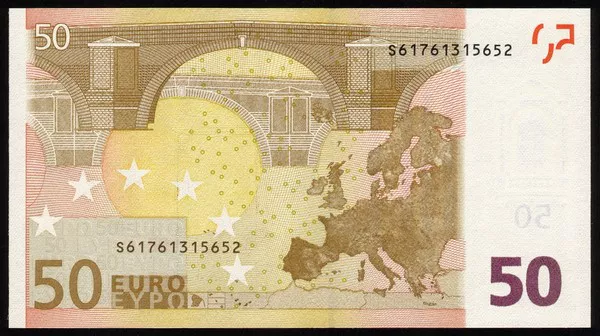In the third quarter of 2023, seasonally adjusted GDP in the EU increased by 0.1% compared with the previous quarter. Compared to the same quarter of the previous year, seasonally adjusted GDP in the EU increases by 0.1% in the third quarter of 2023. In the third quarter of 2023, Latvia (+0.6%) recorded the highest increase compared to the previous quarter, followed by Belgium (+0.5%). The largest decreases were observed in Ireland (-1.8%), Austria (-0.6%) and the Czech Republic (-0.3%).
In the EU, real household final consumption expenditure per capita fell by 0.1% in the second quarter of 2023, after a fall of 0.9% in the previous quarter. At the same time, real household income per capita increased by 0.3% in the second quarter of 2023, after rising by 0.5% in the first quarter of 2023.
The European Central Bank ended the longest series of interest rate hikes in its history. In October, the ECB’s Governing Council left its key interest rate unchanged at 4 percent. Recent data continue to show that inflation is slowly falling toward the 2% target.
The EU unemployment rate was 6.0% in September 2023, stable compared to August 2023 and down from 6.1% in September 2022.
At the end of the second quarter of 2023, the EU general government gross debt-to-GDP ratio declined from 83.4% to 83.1%. The decrease in the government debt-to-GDP ratio is due to an increase in GDP in absolute terms that outweighs the increase in government debt. Compared to the second quarter of 2022, the government debt to GDP ratio in the EU decreased from 85.9% to 83.1%. The highest government debt-to-GDP ratios at the end of the second quarter of 2023 were recorded in Greece (166.5%) and Italy (142.4%), and the lowest in Estonia (18.5%) and Bulgaria (21.5%).

























